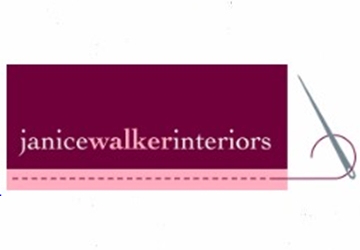Responding to hoax calls has cost Yorkshire Ambulance Service over 1000 hours in three years, a new investigation has revealed.
Figures obtained by Medical Negligence Assist have found that ambulance staff in Yorkshire and the Humber have wasted the equivalent of 47 days responding to a total of 5,980 hoax calls to the service since 2021.
The investigation shows that it’s not just emergency call handlers that time-wasters are affecting as since 2021 ambulance crews made a total of 3,584 face-to-face responses to calls that turned out to be time-wasting hoaxes.
The findings follow a warning by Yorkshire Ambulance Service ahead of the busy Christmas period in which it is urging the public to “use the ambulance service responsibly through the challenging winter months.”
Around 71,000 ‘999’ calls are expected between 16 December and 5 January; this equates to an average of 150 calls every hour on the busiest days over the festive period, Yorkshire Ambulance Service says.
The number hoax callouts have been falling year-on-year since 2021 but remain at worryingly high levels.
Nick Smith, Chief Operating Officer for Yorkshire Ambulance Service said: “We are already seeing system-wide increases in demand, largely due to winter-related illnesses like flu and respiratory problems, adverse weather and a busier night-time economy. This will undoubtedly rise further over the next few weeks.
“We always prioritise our response to the most seriously ill and injured patients. The public can help with this by knowing when to call 999 and when another NHS service is more appropriate. If someone is seriously ill or injured, you should call 999 immediately. If not, please consider other healthcare options.
“Quite often, an ambulance response and visit to A&E is not the best option for our patients. Every day hundreds of our patients are being managed remotely by clinicians in our 999 call centre. We have also been working hard with our partners to develop pathways which means we can refer patients to an increasing number of alternative services which are more appropriate for their needs.”
By: Andrew Spence, LDRS





























